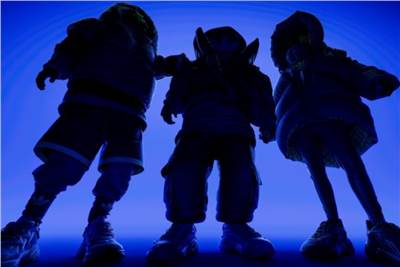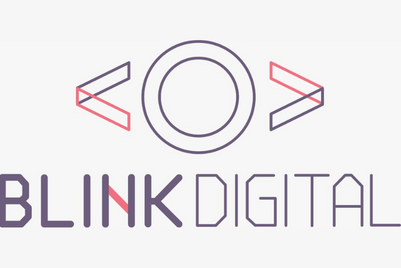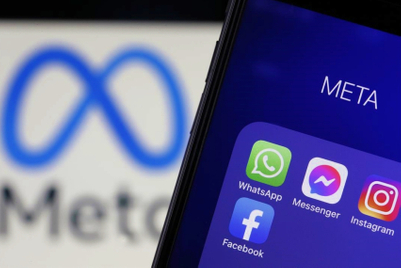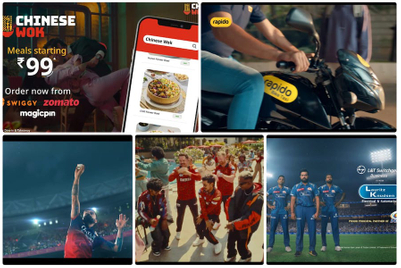
Remember NFTs? The non-fungible tokens that hit peak fascination in 2021-'22 before the generative AI boom took over?
At their peak, some people were spending eye-watering amounts on popular NFT collectible projects, like CrypToadz, Cool Cats and Robotos—so-called 'digital art' that often looked like it came straight out of a kindergarten. Nevertheless, multiple big-name brands were rushing to jump on the NFT bandwagon too, buying into the hype and hoping to be early entrants.
But then came the scams, the crypto crash and, before long, daily trading of NFTs jumped off a cliff and the hype died down.
"Most of the NFT campaigns from 2022 fall in the short-term bucket, says Vincent Wong, managing director of Lab3.io, a consultancy that helps brands unlock growth in Web3. "A lot of the activity was opportunistic and driven by a combination of FOMO, pressure to appear innovative, and greed—big brands could make millions AND generate a lot of free publicity selling NFTs."
But while crypto markets have taken a downturn and the momentum has faded for brands using NFTs for short-term goals, brands that are invested in a long-term NFT strategy are reaping the rewards.
One example is the NBA, whose NFTs are not standalone campaigns but part of a longer-term strategy. They have three NFT projects. The most successful, Top Shot, brings the tradition of collecting physical basketball cards into the NFT era. Fans can collect rare NFTs by watching games, which they can use to unlock real-world rewards like VIP access to meet NBA players at the All-Star Game.

"For the NBA, NFTs represent an entirely new way to engage and reward fans watching live sports," says Wong. "And on the business side, Top Shot has already generated over US$1 billion in transactions—it’s part of a long-term strategy and can potentially be the next major driver of growth."
NFTs that create tangible value for the customer will create tangible business value
Jivan Tulsiani, head of marketing at TZ APAC, a leading Asia-based public blockchain consultancy, says that when NFTs are attached to clear utilities and can be accessible to fans in a seamless user experience, they remain a strong value proposition.
"Fans and customers will see value in purchasing an art or a collectible on the blockchain within a few clicks if they get whitelisted to a limited edition of a single released by their favourite band, meet the Team Principal of their favourite Formula One team, or get a significant discount for their next haircut," says Tulsiani.
The keyword is utility—NFTs need to create tangible value for the customer, which in turn creates tangible value for the business.
Sharon Lewis, senior director of accounts, at Web3 brand experience agency Invnt.Atom, says that the entire ecosystem is changing and those brands that are bold, adventurous and willing to take the first step – albeit with a strong long-term and holistic Web3 strategy—are the ones that will be rewarded.
"It’s an exciting space for brands and it should be a consideration for digital marketing strategies, especially if brands have a desire to connect to younger audiences – which they almost always do!"
Asian markets lead the way with NFT adoption
While other markets may have cooled off on interest in NFTs, Asian markets like China, Japan and South Korea are still seeing a lot of action.
Statistically, China ranks first globally in terms of search interest for NFTs, with Hong Kong in fourth place and South Korea in sixth. Additionally, China is ranked fourth for NFT adoption.
Wong says that digital audiences in China, Japan and Korea have different motivations and behaviours than other markets. And there are three main factors why NFTs are particularly popular with consumers in these markets.
First, it comes down to the fact that Asian consumers have a strong appetite for luxury goods, which account for over half of global sales. "Many luxury brands such as Gucci, Burberry and Louis Vuitton have launched NFTs that appeal to their sense of exclusivity and status," says Wong.
Secondly, Asian consumers are interested in investing, which drives a lot of NFT buying. "China, Japan and Korea are among the top countries in terms of crypto trading volume and number of retail investors," adds Wong.
And thirdly, Asian consumers value digital identity and culture, which NFTs can express and enhance. "They are more willing to pay for digital goods that enhance their online experiences, such as skins, emojis and other accessories."
Wong also believes that brands can capitalise on this opportunity by tailoring their NFTs to the specific needs and preferences of Asian consumers.
"This means taking into account cultural sensitivities, preferences and behaviours, and adapting to their digital ecosystems, such as WeChat, Line and Kakao," says Wong. "These platforms have different features and functions than Western platforms and require native language communication and content.
"In the future, we'll see brands creating dedicated Web3 APAC teams to help them with localisation, just as they do in today's Web2 environment," adds Wong.
The continued interest in NFTs in markets like China, Japan and South Korea marries with the fact that they are some of the most tech-driven markets in the world, with consumers that are extremely open to experimenting with new forms of technology and products.
"All of our Web3 campaigns this past year have seen China, Japan and Korea more often than not listed in the top 10 countries that are purchasing," says Lewis. "There’s so much opportunity for unique brand collaborations in this space."
For example, in October last year Invnt.Atom, in collaboration with Connecting Dotts, delivered the world’s first NFT artist X K-Pop collaboration by super talented Blake Kathryn and one of the strongest girl groups in K-Pop Aespa.

"The ‘æ girls’ drop gave a whole new meaning to fandom with three different tiers available to purchase: 1-of-1, limited edition and open edition," says Lewis. "From NFTs that unlocked secret messages to gifted NFTs that incorporated the different personality, elements, and signature identity of each member; the project had incredible sales and drew 749M media impressions globally."
Where are NFTs heading?
While we can expect some big new brand NFT activations this year, the nature of them will be different.
"In 2023, we're already seeing a shift from a lot of short-term, opportunistic, smaller, stand-alone campaigns to fewer, but much larger, long-term projects that are much more fundamental to the core business strategy," says Wong.
Going forward, some of the key NFT use cases will include NFTs as access tokens that grant users exclusive rights or privileges to certain content, services, or experiences, such as VIP tickets, backstage passes, or personalised interactions with celebrities or influencers. (e.g. Budweiser and the NFL).
NFTs as loyalty tokens that reward users for their engagement or contribution to a brand or community, such as points, badges, or discounts that can be redeemed for real-world benefits or exchanged for other NFTs. (e.g., Clinique and the NBA)

Estée Lauder-owned Clinique's first NFT. Photo: Clinique, NY
And NFTs as identity tokens that allow users to express their personality, style, or affiliation through their digital assets, such as avatars, skins, or accessories that can be customised and displayed across platforms or different virtual spaces. (e.g. Adidas and Ready Player Me)

But beyond specific use cases for NFTs, ease of use remains a top priority for both technology providers and brands.
"The entire crypto wallet user experience is still far too intimidating for the average person," says Wong. "We need to make accessing NFTs as easy as unlocking an iPhone with Face ID. "
“Most people don't know how many megapixels their iPhone has, the technology is already so advanced that it's invisible, it just runs in the background,” adds Wong. “We're still a few years away, but eventually it will be the same for NFTs and blockchains, we won't talk about the specific technology anymore, we'll just use it to solve problems."
(This article first appeared on Campaign Asia)


.jpg&h=334&w=500&q=100&v=20250320&c=1)

.jpg&h=334&w=500&q=100&v=20250320&c=1)


.jpg&h=334&w=500&q=100&v=20250320&c=1)


.jpg&h=334&w=500&q=100&v=20250320&c=1)









